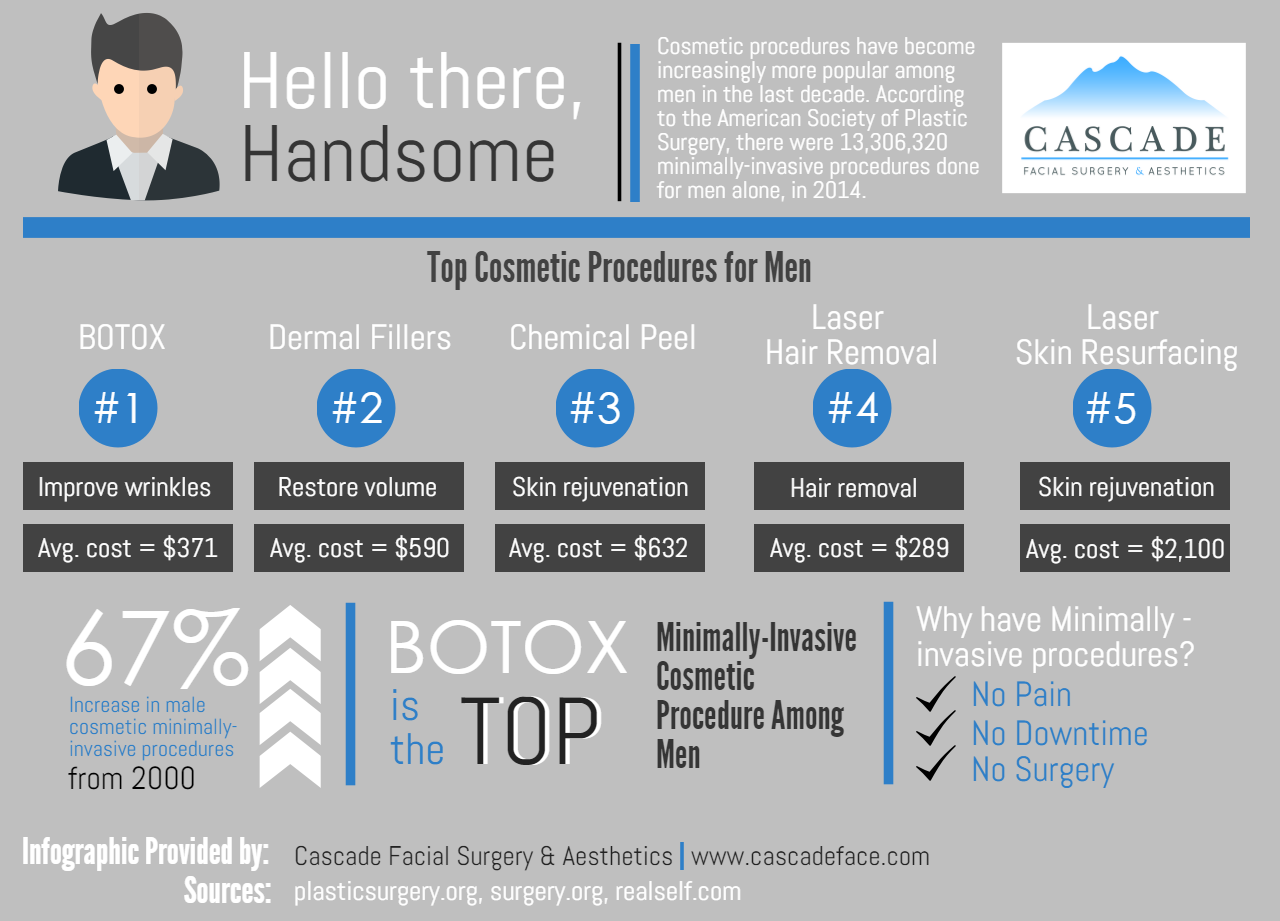Hormonal Acne - What is Hormone Acne?
Hormonal acne is characterized by clogged pores and oily skin that generally appears on the chin and jawline. It takes place when hormone modifications trigger swelling and bacterial overgrowth within hair follicles.
Breakouts may look like whiteheads, blackheads, papules or pustules and cysts or blemishes in extra severe cases. It is much more typical in teenagers undergoing the age of puberty yet can influence adults of any age.
What Causes Hormone Acne?
While acne can be caused by a variety of elements, including making use of hair and skin care products that aren't oil-free or made with ingredients that could block pores, hereditary tendency, diet regimen,2 and stress and anxiety, the origin is rising and fall hormonal agents. Hormone acne takes place when the body experiences hormone adjustments and variations that bring about an overflow of sebum, which creates swelling, enhanced growth of germs and modifications in skin cell activity.
Hormonal acne is frequently found on the lower jawline, cheeks and neck but can appear anywhere on the body. It is characterized by blemishes that are cystic, unpleasant and full of pus or other material. It is also more likely to occur in women than men, specifically throughout the age of puberty, the menstruation, maternity or menopause.
Age
While lots of youngsters experience acne eventually during puberty, it can continue to plague grownups well into the adult years. Called hormone acne, this kind of outbreak is linked to variations in hormonal agents and is usually most common in women.
Hormone acne happens when oil glands produce too much sebum, which clogs pores and catches dead skin cells. This causes the formation of blemishes, such as whiteheads, blackheads and papules, pustules, cysts or nodules, deep under the surface area.
This kind of acne frequently causes discomfort, soreness and swelling. It may also be cyclical and show up around the exact same time every month, such as right prior to your period starts. This is due to the fact that degrees of female hormones like progesterone and oestrogen rise and fall with each menstruation.
Menstruation
Hormonal acne typically shows up in the reduced part of your face, along the jawline and cheeks, as whiteheads, blackheads or inflammatory pimples (pimples and cysts). It's most likely to appear around the moment when your menstrual cycle changes.
Specifically around ovulation, when estrogen and progesterone degrees are on the surge, hormonal agent changes can cause outbreaks. However it's also feasible to obtain acne at any point throughout your 28-day menstrual cycle.
If you notice that your hormone acne flares up right before your duration, try noticing when specifically this occurs and see if it relates to the stages of your 28-day menstruation. This will aid you determine the source of your skin troubles. For instance, you may intend to service balancing your blood sugar level and eliminating high-sugar foods, or consider a prescription medicine like spironolactone that can regulate your hormonal agents.
Pregnancy
Expanding an infant is a time of dramatic hormone modifications. For many ladies, this includes a flare-up of hormone acne. This type of outbreak usually begins in the initial website trimester, around week six. It's brought on by hormone rises that promote sebaceous glands to make even more oil, which can clog pores and trigger more microorganisms to build up.
Outbreaks may additionally happen as a result of pre-existing problems like polycystic ovary syndrome, which can also be a problem during pregnancy and menopause. Likewise, some types of contraceptive pill (such as Ortho Tri-Cyclen and YAZ) can trigger hormonal acne in some females.
Luckily, most acne therapies are "no-go" for pregnant females (consisting of popular acne-fighting active ingredients such as isotretinoin and spironolactone). However if you can not prevent those annoying bumps, your physician might recommend dental erythromycin or cephalexin, which are safe while pregnant.
Menopause
As women come close to menopause, the estrogen degrees that triggered their hormonal agent acne to flare up throughout puberty begin to maintain and decrease. At the same time, nonetheless, a spike in androgens (also referred to as male hormonal agents) occurs since these hormonal agents can't be exchanged estrogen as properly as before.
The extra of androgens can trigger oil production by the sweat glands, which clogs pores. When the blocked pores come to be inflamed and inflamed, an acne forms.
Hormonal acne is normally seen on the face, particularly around the chin and jawline, however it can take place on the neck, back, shoulders, or chest. This kind of acne often tends to flare in a cyclical pattern, similar to the menstruation. Stress, which enhances cortisol and tosses hormones out of equilibrium, additionally contributes to the outbreaks.

Comments on “Should You Wash Your Face More Often”